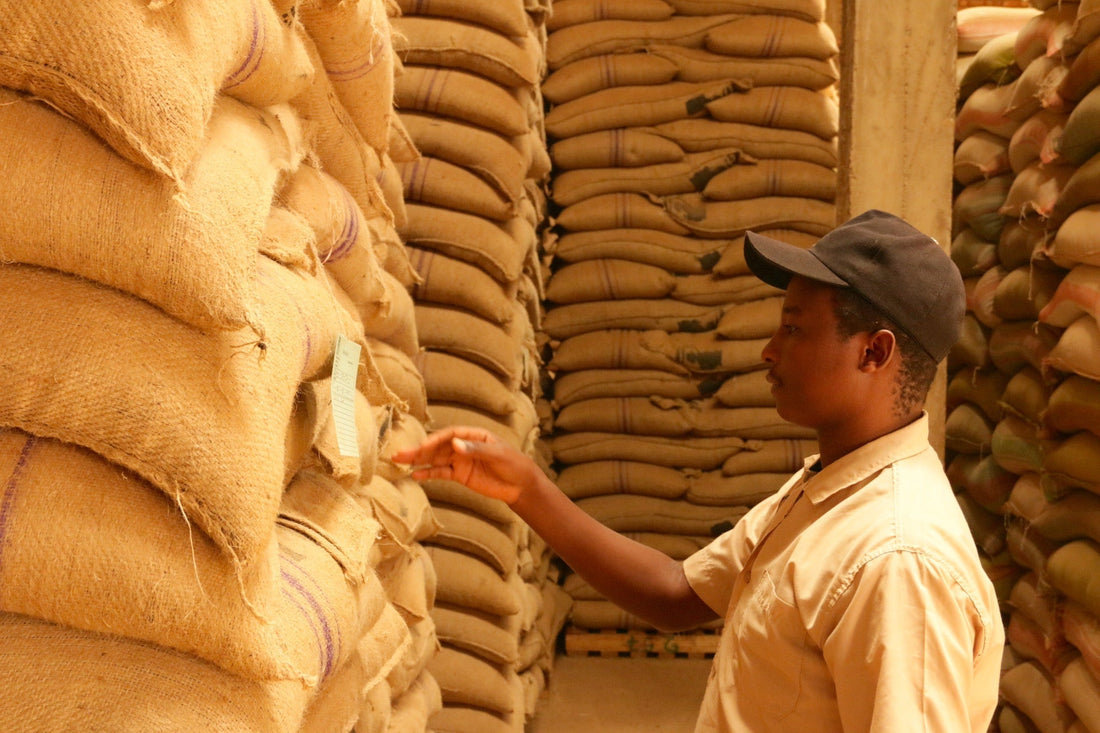Coffee traceability is about knowing exactly where your coffee comes from and how it was made. Instead of just seeing "Ethiopia" or "Rwanda" on a bag, traceability tells you the specific farm or group of farmers, like the 400 people in Ethiopia’s Kata Muduga cooperative who grow Kolla Bolcha beans at 1,900 meters above sea level. It’s like getting a map that shows every step of your coffee’s journey, from the field to your kitchen. This helps coffee lovers understand what makes their brew special and ensures the farmers are treated fairly.
Traceability starts at the farm, where every detail is recorded to keep quality high and support sustainable practices. For example, in Rwanda’s Muhororo region, farmers pick Red Bourbon coffee cherries by hand, take them to a washing station, and process them by pulping, fermenting for 12–14 hours, and drying them in the sun for up to 15 days. These steps are tracked, sometimes using paper records or even digital tools, so everyone knows the coffee was grown with care for both the land and the people. This openness shows how farmers work to protect the environment and their communities.
For coffee lovers, traceability makes brewing more meaningful because it connects you to the story behind the flavours. When you know a coffee like Kolla Bolcha has strawberry and apricot notes because of its high-altitude growth and careful washing, you might try a pour-over to bring out those tastes. Or, with Muhororo Natural’s plum and cocoa flavours, a French press could highlight its richness. Knowing these details helps you experiment with your brewing and feel closer to the farmers who made it possible.
Traceability matters because it helps coffee lovers support a better system. It’s not always easy—some small farmers don’t have the tools to track every detail, and long supply chains can make things unclear. But efforts like direct trade, where roasters buy straight from farmers, and new technology are making traceability simpler. When you choose traceable coffee, you’re learning about the people and places behind your cup, celebrating their work, and helping keep coffee farming fair and sustainable.

